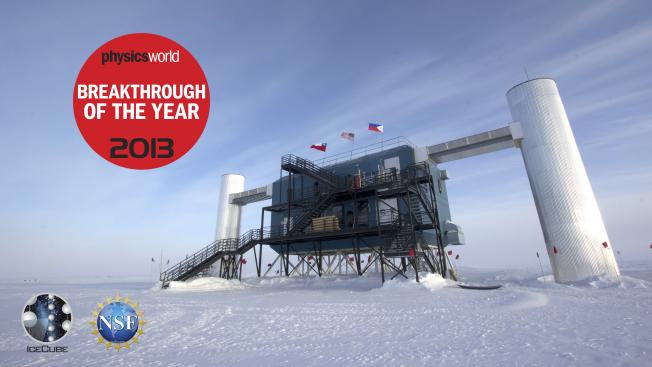Simplified Models for Dark Matter Searches at the LHC
(2015)
Abstract:
This document outlines a set of simplified models for dark matter and its interactions with Standard Model particles. It is intended to summarize the main characteristics that these simplified models have when applied to dark matter searches at the LHC, and to provide a number of useful expressions for reference. The list of models includes both s-channel and t-channel scenarios. For s-channel, spin-0 and spin-1 mediation is discussed, and also realizations where the Higgs particle provides a portal between the dark and visible sectors. The guiding principles underpinning the proposed simplified models are spelled out, and some suggestions for implementation are presented.IceCube-Gen2: A Vision for the Future of Neutrino Astronomy in Antarctica
(2014)
Abstract:
The recent observation by the IceCube neutrino observatory of an astrophysical flux of neutrinos represents the “first light” in the nascent field of neutrino astronomy. The observed diffuse neutrino flux seems to suggest a much larger level of hadronic activity in the non-thermal universe than previously thought and suggests a rich discovery potential for a larger neutrino observatory. This document presents a vision for an substantial expansion of the current IceCube detector, IceCubeGen2 , including the aim of instrumenting a 10 km3 volume of clear glacial ice at the South Pole to deliver substantial increases in the astrophysical neutrino sample for all flavors. A detector of this size would have a rich physics program with the goal to resolve the sources of these astrophysical neutrinos, discover GZK neutrinos, and be a leading observatory in future multi-messenger astronomy programs.Multimessenger search for sources of gravitational waves and high-energy neutrinos: Initial results for LIGO-Virgo and IceCube
Physical Review D American Physical Society D90:10 (2014) 102002-102002



